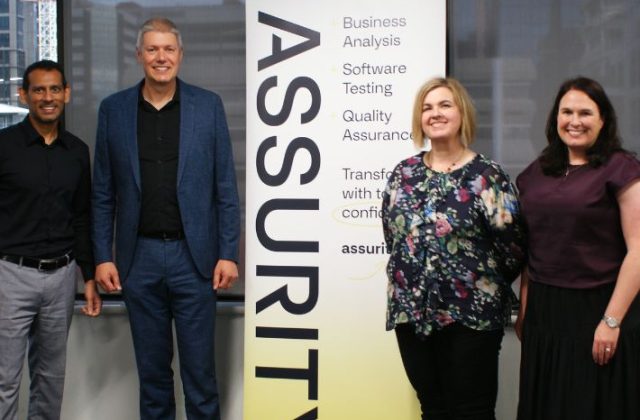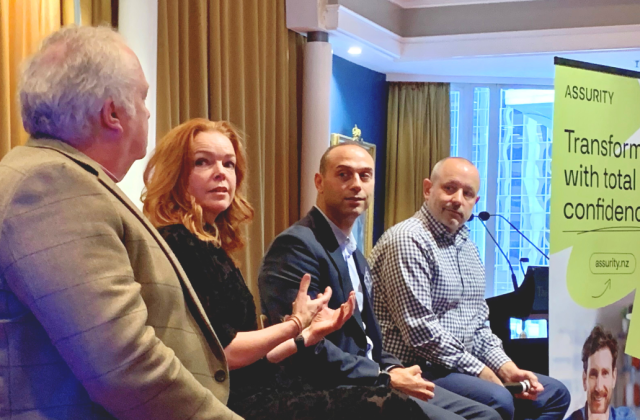Date: 31 March 2017
What are the different types of waste you can eliminate in a Scrum environment?
In Part 1, I talked about eliminating waste in a Scrum environment and the first two types of waste in software development. Here I talk about the remaining types of wastes, giving some examples and ideas to help you eliminate or, even better, avoid waste altogether. I’ll continue from ‘Relearning’, the third waste type.
Relearning
Most projects have many systems and processes that the development teamwork on. The team should be aware of how to work on these systems and follow the proper processes, as well as learning the technologies used within the project.

Figure 1 – Software Testing Pyramid
Unclear or changing requirements can also be a major cause of defects. Take your time to understand the stories and try to keep them simple. You can always let the product owner have a look at the developed piece of functionality before you even consider it for testing just to confirm you’re on the right track.
There are many techniques that can help the team avoid defects – Acceptance-driven testing, refactoring, pair programming, and others.
Summary
Be focused. Make sure the team is dedicated to a common goal and that they’re committed to achieving it. Also, remember to be flexible and comfortable with jumping into other roles. Having a sense of ownership and sharing a common purpose will allow the team to help each other, whenever possible, to achieve that goal.
At Sprint Planning, be careful not to underestimate stories and try to fight that urge to take on more stories than you could deliver. It is the whole team’s responsibility to deliver what was committed to. Having a visible burndown chart to track your daily progress could be of huge help. You could easily notice the risk of falling behind and anyone could raise a flag at any point of time and ask for support to get back on track.

Figure 2 – Identify the waste and add value to your project
Spending time and effort on identifying and eliminating waste generated in a Scrum environment can help improve the quality of the project and save time. Always remember to analyse your current situation, identify any waste, weigh your risks and continuously improve by eliminating the waste identified.













